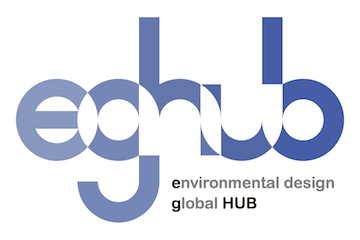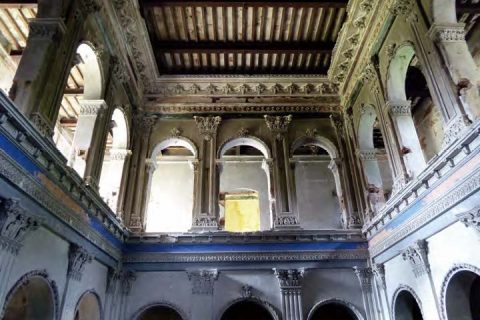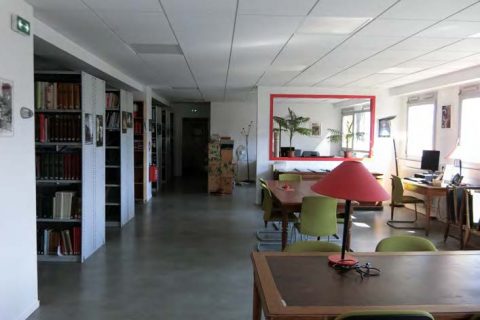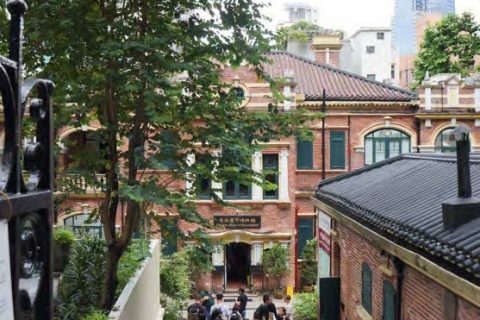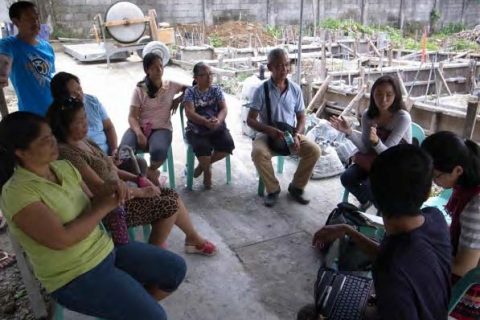Changes in house styles in rural Thailand have altered the space to spend time and lifestyle of inhabitants. Such changes have caused an increase in energy use and CO2 emissions accordingly. This study aims at clarifying the influence of house style and lifestyle changes on energy use, communication with neighborhood and happiness of inhabitants.
A preliminary survey on house styles was conducted in rural part of Khon Kaen, a northeastern province of Thailand, in March 2016, followed by a social survey to inhabitants in the villages of the area, in August 2016. The preliminary survey revealed that there are four types of house styles in Khon Kaen, namely, (1) a stilt house, which is a raised structure built above the ground and also a traditional house of this region, (2) a half-renovated house, of which the first floor is partially enclosed by walls, (3) a whole-renovated house, of which the first floor is entirely enclosed by walls, and (4) a modern house or a European style made of concrete. A focus was placed on spaces in or around a house where people spend time in their daily life. People’s favored space is changed along with the style of houses. Those who live in house type (1) and (2) often spend more time in the open space used as a living space on the first floor. Those who live in house type (3) favor spending time in a half open space with a long roof overhanging the front. Those who live in a house type (4) rarely spend time outside the house and tend to stay inside, using more electricity than others.
A social survey was conducted to 100 households in Khon Kaen between September and October 2016. A face- to-face survey by local surveyors was used to validate the quality of responses. The survey structure was composed of 5 sections including general questions, the types of houses, energy consumption, a space to stay, and daily activities.
Among the surveyed households, type (1) a stilt house accounts for 3, type (2) a half-renovated house accounts for 14, type (3) a whole-renovated house accounts for 47, and type (4) a modern house accounts for 36. Twenty-five households have air-conditioner, all of which are either whole-renovated or modern houses.
Electricity expenses are correlated to the number of household members, the floor space of houses and the types of houses. Regarding the rating of houses, type (1) gained high scores for the coolness and less energy consumption, while type (2), (3) and (4) are scored highly in the largeness, brightness, and durability. Type (1) was also highly regarded for maintaining relationships with neighbors. Type (1), a stilt house enables the residents to easily communicate with others using its open space towards the front. Interestingly, the more people spend time outside the house such as the front open space of the building, the happier they are. The residents of modern houses also spend longer time outside if they have outdoor space such as a garden. The results suggest that the provision of outdoor space has an influence on people’s happiness and thus be taken into account even in the modernization of housing in Thailand.
